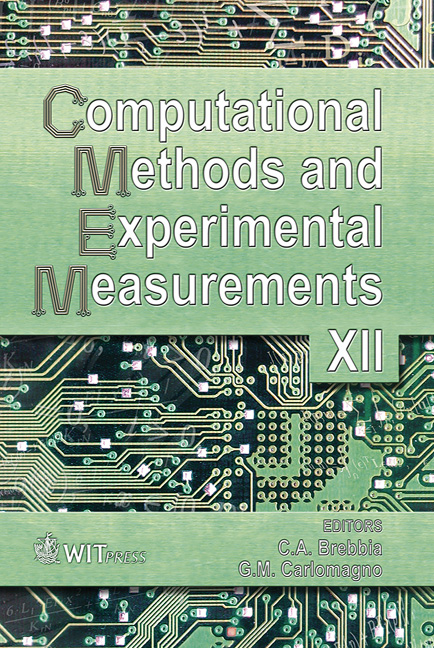A New Neural-based Procedure For Gear Fault Detection
Price
Free (open access)
Transaction
Volume
41
Pages
11
Published
2005
Size
528 kb
Paper DOI
10.2495/CMEM050021
Copyright
WIT Press
Author(s)
A. Fernández del Rincón, F. Viadero Rueda, R. Sancibrián Herrera & P. García Fernández
Abstract
In this work a new gear fault detection procedure based on the time synchronous averaging (TSA) signal is proposed. In the first place an auto-associative neural network (AANN) is used to obtain the relationship among the TSA signals from several channels. During training the AANN is used to map a data vector with itself so in this way the net provides practically the same output that arrives at the input and the non-linear relationship between channels is embedded in net weights and bias. In order to avoid a direct mapping between input and output, one of the hidden layers must have a lower dimension than the input vector. Once the AANN is trained it is used with new data registers as a linear prediction error filter. If the new register contains the same data structure as the training set the prediction error will be lower and the machine is working properly. Otherwise, when the new register differs from the training set, as a consequence of a fault, prediction error will be increased in each channel. At the end the product of the error signal derivative for each channel is calculated using the resulting vector for detection and diagnostic purposes. The possibility of generalizing the net prediction capabilities using a training data set which contains several load cases is also explored. The technique is validated using experimental data taken on a laboratory gear set simulating several faults. An example is presented in order to show the advantages of the application of the proposed procedure comparing it with the most traditional gear processing tools based on TSA as residual and regular signals. Keywords: gear, neural networks, diagnostics, TSA, condition monitoring, data fusion.
Keywords
gear, neural networks, diagnostics, TSA, condition monitoring, data fusion.





